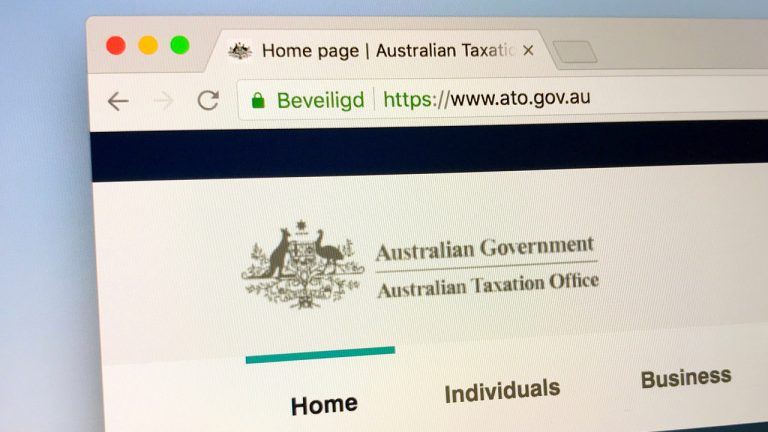Ethereum 2.0 Moves Closer To Proof-of-Stake: What’s Coming Next?
Scalability and security are the biggest concerns for many blockchain networks. Over the years, Ethereum has released many updates to enhance performance and increase efficiency for the network.
The London hard-fork update EIP-1559 is one of its efforts to stabilize transaction fees that would improve user experience. In essence, those updates didn’t even slightly help speed up the network or make anything cheaper.
Not a great way to stay on top.
But with Ethereum 2.0, the team is on track to a flawless future in which speed is boosted to tens of thousands of transactions per second and thousands of dApps are empowered. For now, markets are waiting on the upgrade, but things seem to be moving forward.
What’s Coming Next for Ethereum ?
The development team revealed the Altair update plan, which is set to take place on October 27.
Following the publication of these upgrades on October 16th, the team disclosed that the long-awaited Proof-of-Stake is now in progress. The changeover will be completed by February 2022.
Following the launch of Beacon Chain before the end of 2020, the Altair upgrade is the next big event that will predictably shape the Ethereum movement.
This significant improvement will support the Proof-of-Stake algorithm rather than the present Proof-of-Work algorithm. Altair’s upgrade will include enhanced client support for Beacon Chain, a reward-penalty calculation system for validators, and the resolution of some existing bugs.
The improvement of Altair is only the first phase.
To entirely move to PoS, the existing Ethereum blockchain and Ethereum 2.0 must merge; this process is known as “The Merge.” The technological setup for The Merge, according to the team, was ready and would be completely operational as early as 2022.
All of these things will pave the way for sharding to be unlocked.
Despite the fact that PoS Ethereum is getting closer and will be here soon, both supporters and skeptics should be aware of the potential delay.
The second-largest digital currency had planned to launch Altair by the end of September, but it is now unlikely to happen until October 27, implying that ETH 2.0 will also be postponed.
Will an Ethereum ETF Follow the Bitcoin ETF?
Bitcoin ETFs, in particular, and crypto ETFs in general, have become critical to the overall crypto industry.
Bitcoin, Ethereum, and Altcoins are still not traded on standard stock exchanges. This may be why many institutional investors have not entered the cryptocurrency market, which has a negative impact on the market’s progress toward global adoption.
Several people and firms have proposed Bitcoin Exchange Traded Funds (ETFs), but the SEC’s main response in recent years has been flat denials. That changed in recent weeks.
SEC Chairman Gary Gensler recently reaffirmed that the first Bitcoin futures-backed ETF would be approved by the SEC this month.
Businesswire stated, the ProShares Bitcoin Futures ETF will be listed and begin trading on the NYSE Arca exchange on October 19 under the ticker symbol BITO, and will provide investment in Bitcoin futures contracts.
According to Michael L Sapir, CEO of ProShares, the Bitcoin Futures ETF will make Bitcoin more accessible to a broader range of investors.
Aside from the ProShares Bitcoin ETF, there will be 8 more Bitcoin ETF proposals awaiting SEC approval from now until December. Leaked documents suggest that the Valkyrie’s Bitcoin ETF is the most likely to be approved, but that is pure rumor at this point.
The SEC’s approval of the Bitcoin ETF will pave the way for the emergence of other exchange-traded funds, such as Ethereum ETFs or perhaps other Altcoin ETFs.
It is important to remember that the first Bitcoin ETF will allow investors to buy exposure to Bitcoin futures contracts, and not Bitcoins.
The post Ethereum 2.0 Moves Closer To Proof-of-Stake: What’s Coming Next? appeared first on Blockonomi.






